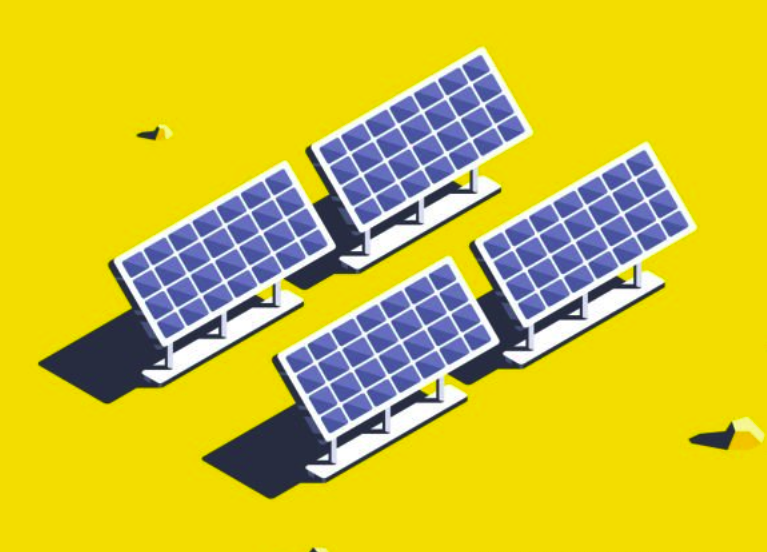15 June 2025 | 5 minute read
Why can’t we just go 100% solar?
Solar power has come a long way in Australia, with millions of homes now fitted with rooftop panels and huge solar farms helping to power our grid. So it’s fair to ask—why can’t we just go 100% solar and ditch fossil fuels completely? While the idea is appealing, the reality is that solar energy alone isn’t enough to meet all of Australia’s electricity needs just yet.

The challenge
One major challenge is that solar only generates power when the sun is shining. That means no energy production at night and limited output on cloudy or rainy days. But households and businesses still use power 24/7—especially in the evenings when solar panels stop working but demand is high. This mismatch between when solar is produced and when we need electricity is known as the “duck curve” and it’s a key issue in moving toward 100% renewable energy.

Energy Storage
To rely solely on solar, we’d need massive amounts of energy storage—mainly in the form of large-scale batteries—to save excess power generated during the day for use at night. While battery technology is improving fast, it’s still expensive and not yet widespread enough to support the entire country. Plus, solar needs to be backed up with other sources of energy on cloudy weeks, during bushfire smoke events, or during system faults.

Part of the mix
That’s why, for now, solar is a vital part of a mix of generation sources that also includes wind, hydro, batteries, and—at least temporarily—gas and coal. Australia is moving rapidly toward renewables, and solar will keep playing a growing role. But until we have enough storage and grid stability, going 100% solar isn’t yet practical for a reliable, always-on electricity supply.

